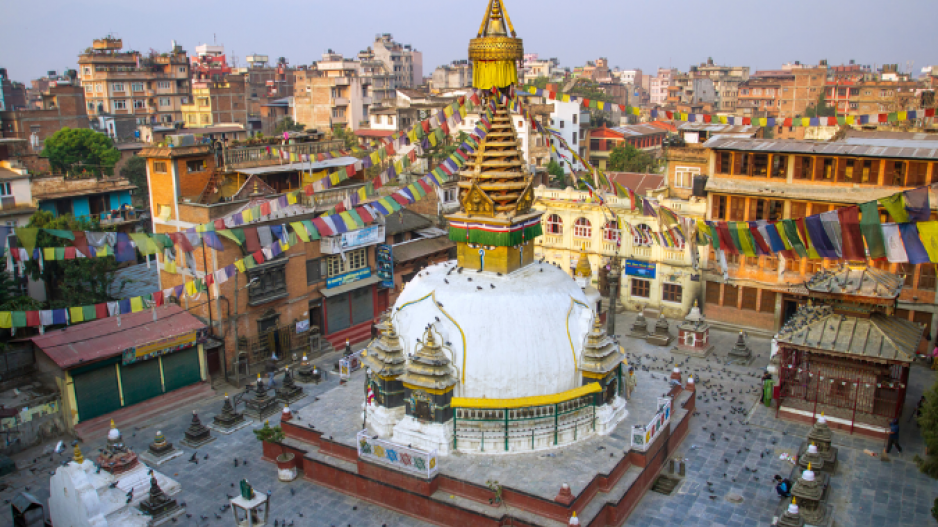Nepal has some of the best hydro-power development prospects anywhere, but the first significant step to utilize those resources did not begin until last week.
Nepal has some of the best hydro-power development prospects anywhere, but the first significant step to utilize those resources did not begin until last week.
Investment Board Nepal signed a $1.4 billion deal with the Indian infrastructure group GMR for a 900-megawatt dam and tunnel hydro-power system on the upper Karnali River. The project, due to be completed by 2021, will produce significantly more electricity than the 700 megawatts currently generated by all of Nepal’s existing run-of-the-river systems.
Even this, however, is a minor step towards the estimated 80,000 megawatts – 80 gigawatts – Nepal could produce, though only about half of that is considered economically viable at the moment.
Exploitation of Nepal’s 6,000 Himalayan rivers, purpose-built by geography to supply the energy-starved Indian market, has been hampered by political upheaval and a Maoist insurgency that have only recently been overcome.
The Karnali agreement is the first of four major projects now on the drawing board, which in all have the potential to nearly double Nepal’s current gross domestic product of just over $19 billion.
The “build, own, operate and transfer” Karnali project will provide Nepal with 12% of the dam’s electricity output for free. The remaining electricity will be exported to India. At the end of the company’s 25-year operating-life concession, it will transfer the project to Nepal.
Demand for electricity in Nepal has been increasing by about 7% a year, but only about 40% of the population of 28 million has access to power through grid and off-grid systems.
Because most electricity is produced by run-of-the-river systems, there is an excess of power in the monsoon season and a serious deficit in the dry season. Only one existing power project can store water to tide it through the dry season.
